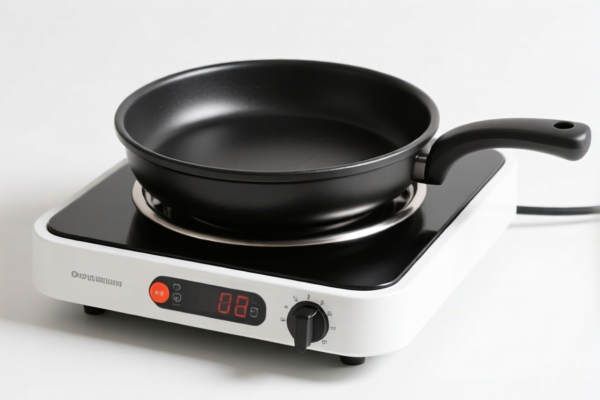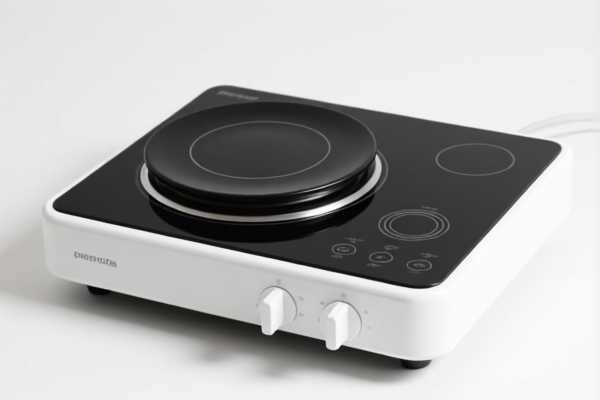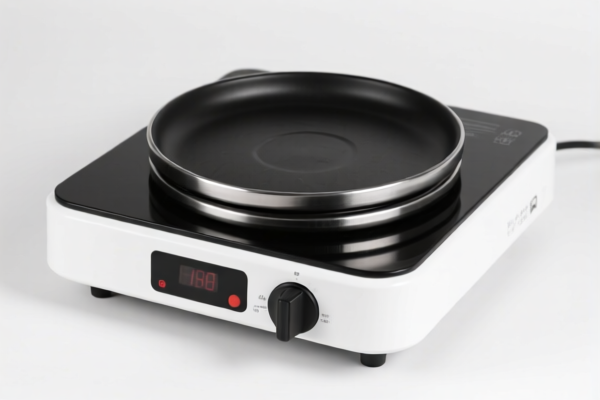| HS Code | Official Doc | Tariff Rate | Origin | Destination | Effective Date |
|---|---|---|---|---|---|
| 8711600050 | Doc | 55.0% | CN | US | 2025-05-12 |
| 9503000011 | Doc | 30.0% | CN | US | 2025-05-12 |
| 9503000013 | Doc | 30.0% | CN | US | 2025-05-12 |
| 9503000071 | Doc | 30.0% | CN | US | 2025-05-12 |
| 9503000090 | Doc | 30.0% | CN | US | 2025-05-12 |
| 9503000073 | Doc | 30.0% | CN | US | 2025-05-12 |




Electric Scooter HS Code Classification & Tax Guide
Based on the provided information, your "Electric Scooter" can fall under multiple HS codes depending on its specifications and intended use. Here's a breakdown to help you determine the correct classification and understand the associated taxes:
Understanding HS Codes:
The Harmonized System (HS) code is a globally standardized system of names and numbers used to classify traded products. It's crucial for accurate customs declarations, determining duties and taxes, and ensuring compliance with import regulations. Let's break down the structure and meaning of the codes you've received:
- First 2 Digits (Chapter): Indicate the broad category of the product.
- First 4 Digits (Heading): Further refine the product category.
- First 6 Digits (Subheading): Provide a more specific description.
- Last 2 Digits (Specific Code): The most detailed level, often specifying materials, function, or end-use.
Detailed Code Analysis:
Here's a breakdown of each HS code provided, along with key considerations:
1. 8711.60.00.50 – Motorcycles (including mopeds) and cycles fitted with an auxiliary motor… with electric motor for propulsion Of an output not exceeding 250 W
- Chapter 87: Vehicles other than railway or tramway rolling stock, and parts and accessories thereof.
- Heading 8711: Motorcycles (including mopeds) and cycles fitted with an auxiliary motor.
- Subheading 8711.60: With electric motor for propulsion.
- Specific Code 8711.60.00.50: Specifically for electric scooters with a motor output not exceeding 250W.
- Tax: Base Tariff: 0.0%, Additional Tariff: 25.0%, Total Tariff: 55.0%. Note: The additional tariff is expected to increase to 30% after April 2, 2025.
- Considerations: This code is suitable if your scooter is legally classified as a motorcycle or cycle with an auxiliary electric motor and meets the 250W power limit. Important: Verify local regulations regarding the definition of "motorcycle" or "cycle" and power limits.
2. 9503.00.00.11 / 9503.00.00.13 / 9503.00.00.71 / 9503.00.00.73 – Tricycles, scooters, pedal cars… “Children’s products”
- Chapter 95: Toys, games and sports requisites; parts and accessories thereof.
- Heading 9503: Tricycles, scooters, pedal cars and similar wheeled toys; dolls’ carriages; dolls, other toys; reduced-scale (“scaleˮ) models and similar recreational models, working or not; puzzles of all kinds.
- Subheading 9503.00.00: Covers a broad range of toys and recreational models.
- Specific Codes: These codes further categorize based on the intended age group of the user:
- .11: Under 3 years of age
- .13: 3 to 12 years of age
- .71: Labeled or determined by importer as intended for use by persons: Under 3 years of age
- .73: Labeled or determined by importer as intended for use by persons: 3 to 12 years of age
- Tax: Base Tariff: 0.0%, Additional Tariff: 0.0%, Total Tariff: 30.0%. Note: The additional tariff is expected to increase to 30% after April 2, 2025.
- Considerations: This code is appropriate if your scooter is marketed and designed specifically as a toy for children. Crucially, you must accurately determine and label the intended age group. The "Children's Products" definition (15 U.S.C. § 2052) is important here – ensure your product meets the requirements.
3. 9503.00.00.90 – Tricycles, scooters, pedal cars… Other
- Chapter 95: Toys, games and sports requisites; parts and accessories thereof.
- Heading 9503: Tricycles, scooters, pedal cars and similar wheeled toys; dolls’ carriages; dolls, other toys; reduced-scale (“scaleˮ) models and similar recreational models, working or not; puzzles of all kinds.
- Subheading 9503.00.00: Covers a broad range of toys and recreational models.
- Specific Code 9503.00.00.90: "Other" – for scooters that don't fit into the more specific age-defined categories.
- Tax: Base Tariff: 0.0%, Additional Tariff: 0.0%, Total Tariff: 30.0%. Note: The additional tariff is expected to increase to 30% after April 2, 2025.
- Considerations: This code is a catch-all for scooters that aren't specifically designed for children or don't meet the criteria for the age-defined codes.
Recommendations & Next Steps:
- Confirm Intended Use: Is your scooter primarily a transportation device or a toy? This is the most important factor in determining the correct HS code.
- Motor Power: If it's a transportation device, verify the motor output. If it exceeds 250W, code 8711.60.00.50 is likely incorrect.
- Age Group: If it's a toy, accurately determine the intended age group and label the product accordingly.
- Material Composition: Be prepared to provide details on the materials used in the scooter's construction.
- Certification: Depending on the HS code and destination country, you may need to provide safety certifications (e.g., for children's products). Please inquire about specific certification requirements for your target market.
- Consult with a Customs Broker: For complex cases or to ensure accurate classification, it's highly recommended to consult with a licensed customs broker in your destination country.
Disclaimer: This information is for general guidance only and does not constitute professional legal or customs advice. Regulations can change, so it's essential to verify the latest requirements with the relevant customs authorities.
Customer Reviews
I appreciate the detailed tariff information and the note about the additional tariff increasing after April 2, 2025. Just wish the images were more relevant to electric scooters.
This page made it easy to understand the difference between transportation devices and toys for HS code classification. Very clear and well-organized.
The guide on the 9503.00.00 codes was helpful, but I wish there were more examples of how to determine the intended age group for children's products.
Great breakdown of HS codes for electric scooters. The detailed analysis of 8711.60.00.50 was exactly what I needed for my product classification.
I was impressed with the clarity of the HS Code and tariff information. Perfect for someone like me who's new to international trade.